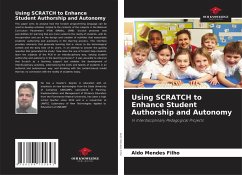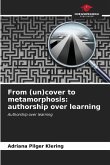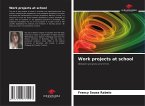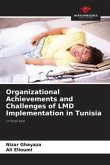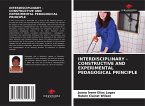This paper aims to analyse how the Scratch programming language can be used to develop activities related to the contents of the subjects in the National Curriculum Parameters (PCN) (BRASIL, 1998). Scratch presents new possibilities for learning that are more suited to the reality of students, with its incorporation and use in the design and creation of activities that exacerbate students' authorship and autonomy in the learning process. This interface provides elements that generate learning that is closer to the technological context and the daily lives of its users. In an attempt to answer the guiding question that generated the study: 'How does the use of Scratch help students learn the subjects of the PCN in an interdisciplinary way, valuing student authorship and autonomy in the learning process?' It was possible to observe that Scratch as a learning support tool enables the development of interdisciplinary activities, externalising the skills and talents of students in an authorial and autonomous way, and breaking with the content-based model that has no connection with the reality of students today.
Bitte wählen Sie Ihr Anliegen aus.
Rechnungen
Retourenschein anfordern
Bestellstatus
Storno

